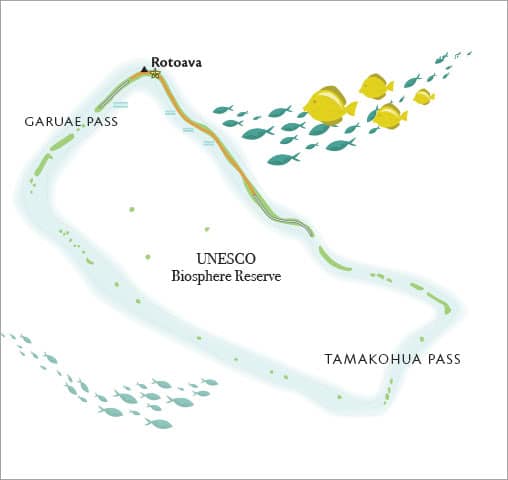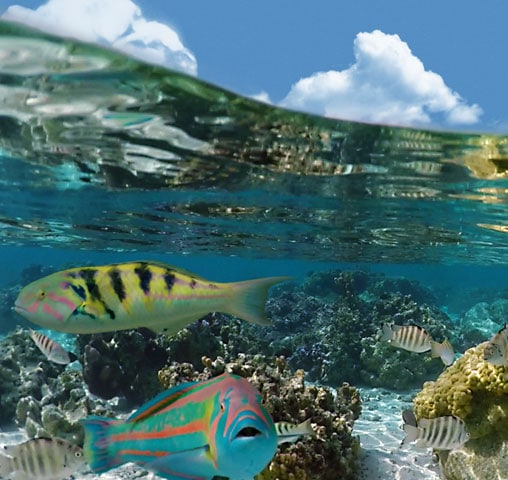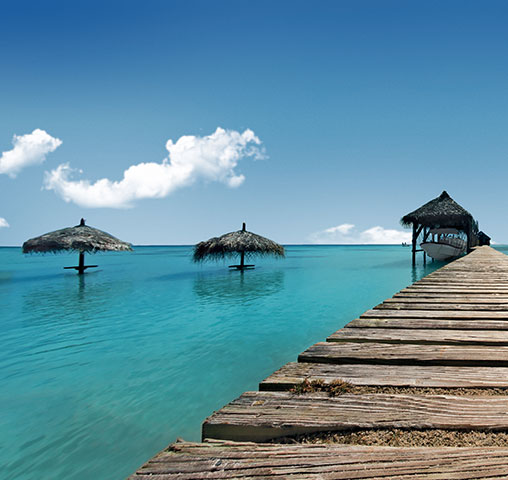Marine Life
Visit the South Seas and you will experience one of the richest, most colorful marine ecosystems in the world. Whether you glide above in a kayak or on a paddleboard, float the surface with snorkel and fins, or don a SCUBA tank to explore the depths below—your life will be forever touched by what you see.
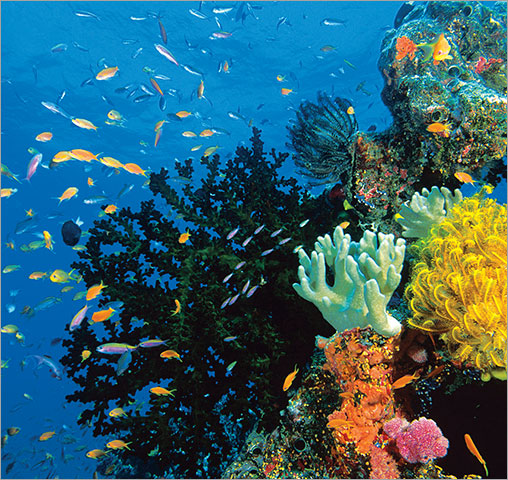
EXOTIC FLORA AND FAUNA
They say that Rome wasn’t built in a day, and neither was French Polynesia. Over thousands of years, coral polyps have used their calcified coral structures to create the beautiful reefs of the Society Islands, Tuamotus, and Cook Islands.
Coral reefs are the glamorous metropolitan cities of the ocean. They cover less than one percent of the Earth’s ocean floor, but are home to almost 25 percent of its marine life. Each reef is a living system, teeming with activity. They provide food, protection, and social interaction to fish and a myriad of other sea creatures.
It’s almost impossible to track everything that goes on in a coral reef. In the South Pacific, schools of neon fish dart about, using their vibrant hues to attract a mate or warn off an adversary. Algae make their home in the translucent exoskeleton of the coral, giving the reef vibrant color, and attracting Parrotfish and other scavengers, who gobble up the coral reef and feast on its plant life. Scavenger fish then castoff the coral creating sand for idyllic beaches. As you snorkel or scuba dive the sublime Polynesian seas, look carefully. You are witnessing a process by which nature creates paradise right before your eyes.
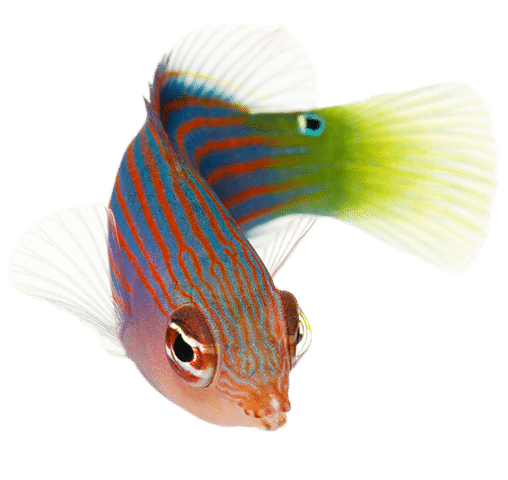
Six Line Wrasse
Pseudocheilinus hexataenia
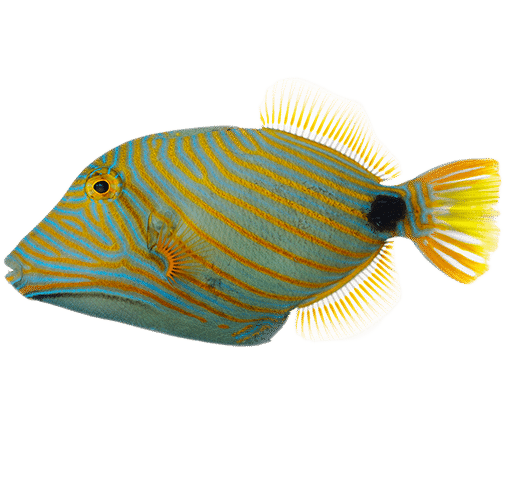
Striped Triggerfish
Balistapus undulatus
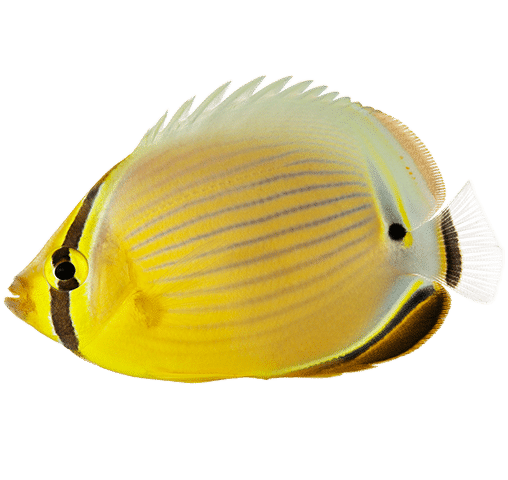
Oval Butterflyfish
Chaetodon lunulatus
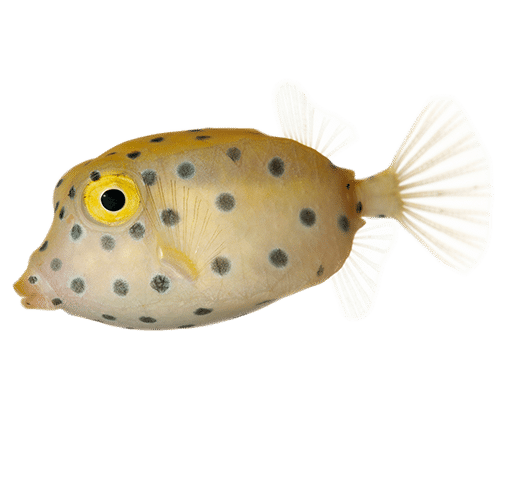
Yellow Boxfish
Ostracion cubicus
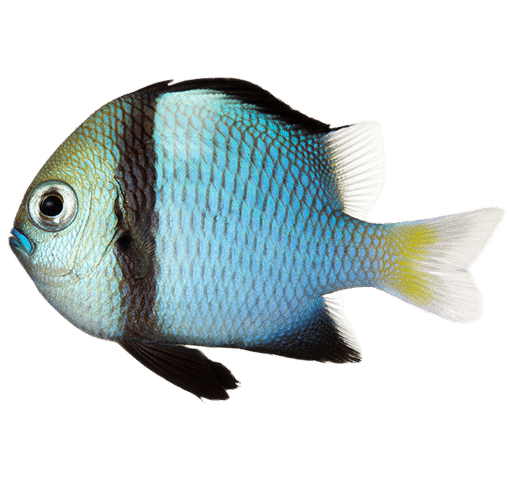
Yellowtail Dascyllus
Dascyllus flavicaudus
BLUE LAGOON — FAKARAVA
Visit the second largest atoll in French Polynesia and experience the pared down elegance and raw beauty of untouched paradise. Fakarava is exotic with its on-the-water huts and pink beaches. Snorkelers and SCUBA enthusiasts, alike, have ranked Fakarava’s lagoon as one of the world’s top diving locations. Drift through the Garuae Pass where the Pacific Ocean meets the brackish waters of the interior lagoon. Here you’ll enjoy the company of manta rays, hammerheads, and schools of tropical fish.
An estimated two million species of marine life live among the world’s coral reefs, and in 2006, UNESCO deemed Fakarava a Biosphere Reserve. Don a snorkel mask for the opportunity to see rare, protected and endemic species of flora and fauna.

MOANA EXPLORER PROGRAM
Select cruises during the summer and December holidays offer families the opportunity to take part in the Moana Explorer Program. In partnership with Te mana o te moana, a South Pacific marine education and conservation foundation, this exciting new program invites children and teens, ages 6-15, to discover and value the natural wonders of this breathtaking part of the world through hands-on, interactive learning. Every day of the voyage, there is a combination of naturalist-led island and/or beach excursions, science activities, crafts, games, and other adventures. Depending on the itinerary, children might learn about underwater life, create natural jewelry, conduct water experiments, go on a treasure hunt, enjoy water games in the on board pool, or design their own Polynesian tattoo.
DOLPHIN WATCHING
They’re empathic, intelligent, whip-smart, and loads of fun. A sojourn on The Gauguin offers several opportunities to see these beautiful creatures in action. In Moorea, you may elect to join an eco-tour adventure with a marine biologist to view free-ranging spinner dolphins as they frolic along the island’s reef.
If your visit to French Polynesia includes a trip through Tiputa Pass in Rangiroa, you may be lucky enough to spot the 30-40 playful bottlenose dolphins that live and play there. They are often seen cavorting in the surf at sunset. Join the fun. Grab a tropical drink and head for the deck when the m/s Paul Gauguin</em > heads through the pass in Rangiroa.
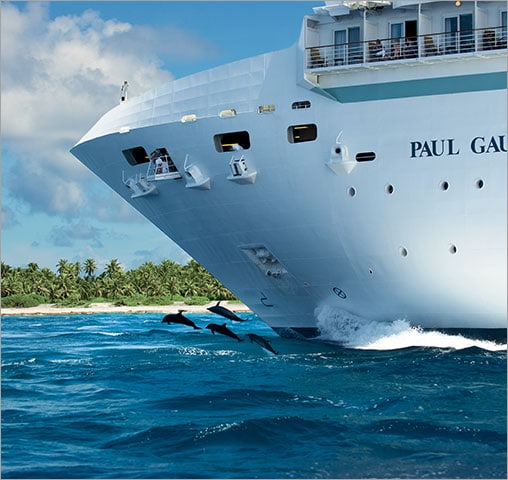
Fish and Other Marine Life
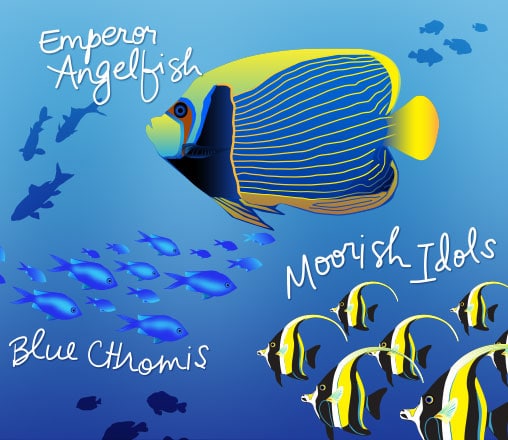
The fish of French Polynesia display the kind of glamor and personality you’d expect from the stars of a Broadway show. Piscine beauty queens, fierce warriors, and masters of disguise—so adept they put Lon Chaney to shame—all rule the Polynesian reefs.
The beauty queens are the first to catch your eye. Emperor Angelfish wear zigzagged stripes of royal blue and gold, Moorish Idols are marked with thick swatches of vertical black, brown, and gold striping, and schools of tiny Blue Chromis look like a thousand glittering emeralds as they play along the shallow waters of a coral reef.
One scary looking predator trawling the waters is the Javanese Moray. A brown monolith cruising the reef, it yawps, open-mouthed to reveal a set of very sharp teeth. From its hiding place in the coral, it can spring forward to catch a crustacean lunch with a force and speed shocking for its size.
On the other hand, Napoleon Wrasse can perform disappearing acts whenever predators are near. They change colors in deeper waters, where their bluish-purple scales turn red, rendering them invisible at murkier depths.
All these characters and their quirky adaptations to underwater life are sure to enthrall you, as you catch the amazing show just below sea level.
THE GEAR
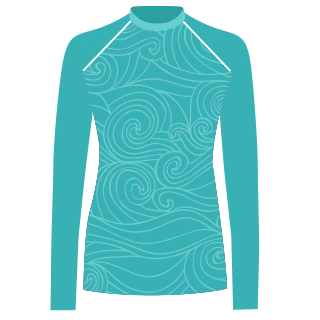
Rash Guard
(Swim Shirt)

Water shoes
Coral can be sharp!

Snorkel & Gear
A “must” for the South Seas!

Waterproof Sunscreen
Reef-friendly
